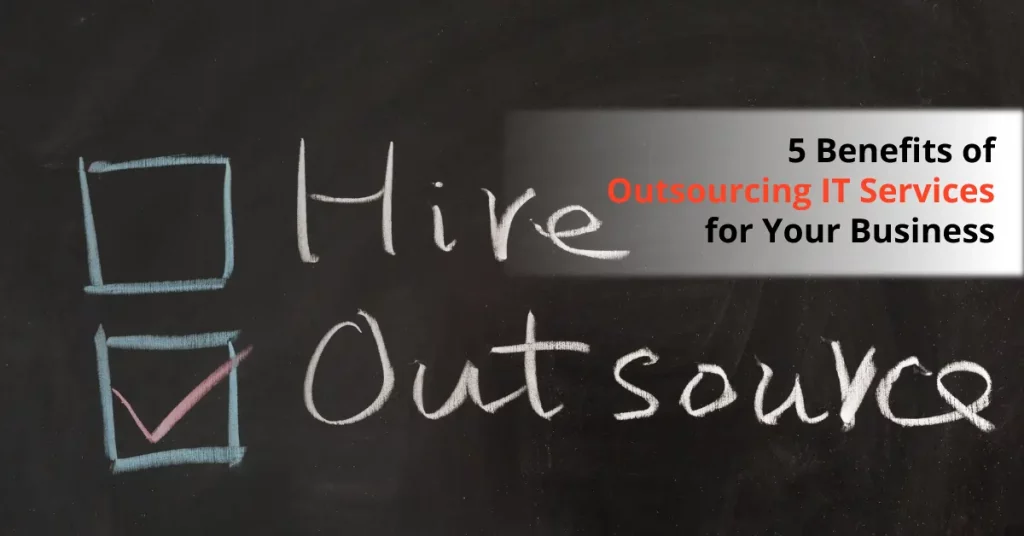Table of Contents
A Virtual Chief Information Officer is an outsourced executive-level technology expert who assists businesses with their IT strategy, planning, and execution. VCIOs provide the same services as traditional CIOs but on a part-time or project basis.
The role of a vCIO is to help businesses align their technology goals with their overall business objectives, resulting in increased efficiency, productivity, and profitability. They are like business advisors who work closely with the leaders to study the current technology used by the company. They identify areas that need improvement and suggest solutions that can help the company achieve its long-term goals.
What Does a Virtual CIO Do?
A virtual CIO performs a wide range of duties depending on the needs and goals of the business. Some common tasks include:
Technology Assessment
The first step for a vCIO is to assess the business’s existing technology infrastructure. This includes reviewing hardware, software, networks, security protocols, and data management systems.
Strategic Planning
After analyzing a business’s technology, a vCIO creates a plan to achieve its goals. This involves recognizing opportunities for improvement and introducing new systems or procedures to aid expansion.
Budget Management
A vCIO also helps businesses manage their technology budget by identifying cost-saving opportunities and recommending investments in areas that will have the most significant impact on the company.
Vendor Management
A VCIO serves as the point of contact for all technology-related vendors, ensuring that businesses receive the best products and services at competitive prices.
Cybersecurity
As technology advances, the risk of online attacks also increases. That’s why a vCIO is crucial for any business. They help develop and implement security measures to safeguard important business information from cybercriminals.
Technology Training
To ensure that employees are utilizing technology effectively, a vCIO may provide training and support to help them understand new systems or processes.
IT Project Management
VCIOs also oversee the implementation of new technology projects, ensuring they are completed on time and within budget.
Why Businesses Need a Virtual CIO
Businesses must keep up-to-date with the newest trends and innovations to stay competitive, given the rapid advancement of technology. However, many small and medium-sized companies may not have the necessary resources or expertise to create and execute effective technology strategies. This is where a virtual CIO can be beneficial.
Hiring a virtual CIO offers several benefits for businesses, including:
- Savings on Costs: Companies can save money by outsourcing this role on an as-needed basis rather than hiring a full-time CIO.
- Access to Expertise: Virtual CIOs have extensive experience in the technology industry and can provide businesses with valuable insights and recommendations.
- Scalability: As businesses grow, their technology needs may change. A virtual CIO can help adapt technology strategies to support growth.
- Flexibility: Businesses can work with a vCIO on a part-time or project basis, allowing them to focus on other areas of their business.
- Increased Efficiency: With a clear technology strategy in place, businesses can improve efficiency and productivity, leading to better overall performance.
Is a Virtual CIO Solutions Right for Your Business?
Hiring a vCIO is not suitable for every business. Companies that require a full-time CIO for hands-on technology management may not benefit from vCIO services. However, businesses that want to leverage expert IT strategy and leadership without the commitment of a full-time executive can greatly benefit from working with a vCIO. It is essential to assess your business’s needs and goals before deciding if a vCIO is the right fit.
What is the Difference Between a Traditional CIO and a Virtual CIO?
The primary difference between a virtual and traditional CIO is the employment structure. A traditional CIO is typically an in-house, full-time employee responsible for managing all the company’s technology functions. In contrast, a vCIO works remotely on a part-time or project basis.
Another key difference is the scope of work. Traditional CIOs manage day-to-day IT operations, while vCIOs focus on strategic planning and execution.
Finally, traditional CIOs are typically tied to a specific company, while vCIOs may work with multiple businesses simultaneously, providing a broader range of experience and expertise.
How to Find a Virtual CIO
Finding the right virtual CIO for your business is crucial. When looking for a vCIO, consider the following factors:
- Experience and expertise in your industry
- Successful history with past clients.
- Strong communication skills and ability to work well with teams
- Understand the unique technology needs of your business.
- Offers flexible and customized solutions
- Provides ongoing support and maintenance
FAQ About Virtual CIO
How much does a virtual CIO cost?
The cost of a virtual CIO can vary depending on the scope of work and the service provider. Typically, businesses can expect to pay an hourly or flat rate for vCIO services. Working with a managed IT service provider that offers virtual CIO services may also be more cost-effective than hiring a full-time executive.
Can a virtual CIO handle all of our technology needs?
While a virtual CIO can provide strategic planning and oversight for all technology needs, they may not be able to handle hands-on tasks such as troubleshooting and maintenance. In these cases, an IT support team or managed service provider may also be necessary.
However, the virtual CIO can help identify the best solutions and manage these tasks on behalf of the business. Overall, a virtual CIO can greatly improve a company’s technology strategy’s efficiency and effectiveness.
How often should I consult with my virtual CIO?
The frequency of consultations will depend on the needs and goals of your business. Some businesses may benefit from regular check-ins, while others may only require meetings as needed for specific projects or initiatives. It is essential to establish a communication schedule that works best for your business.
Can a virtual CIO work with our existing IT team?
Yes, a virtual CIO can work collaboratively with an existing IT team, providing additional expertise and guidance. This partnership can help optimize technology strategies and ensure all staff are working towards the same goals.
What is the difference between a vCIO and a CIO?
A virtual CIO (vCIO) is a remote, part-time, or project-based technology executive who provides strategic guidance and oversight for a business’s technology needs. In contrast, a traditional Chief Information Officer (CIO) is an in-house, full-time executive responsible for managing a company’s technology operations.



